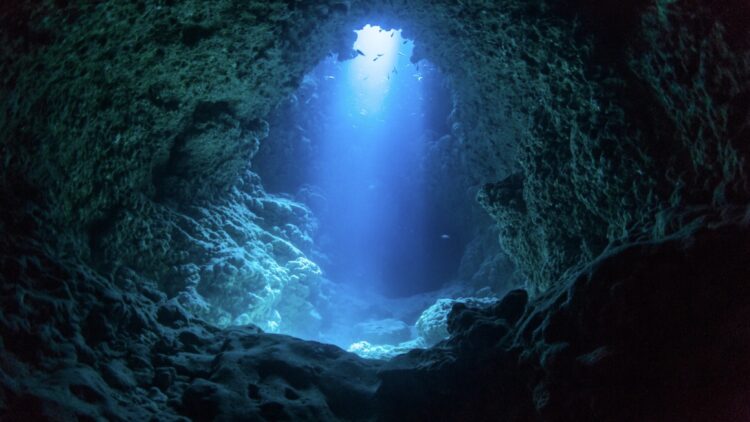In the wake of an announcement by the Texas General Land Office in America that it’s renting out more than 250,000 acres to trap carbon dioxide. we take a look at the complications. The move by the land office is to permanently trap carbon emissions and the acres will be leased to Exxon Mobil. The funds made from the lease will go to help local schools.
Why does America want to bury this atmosphere under the sea
In an announcement by the land office, more than a quarter of a million acres of land along the sea will be rented out to the oil giant. While the move is seen as one that will benefit the environment and local schools, let’s explore the pros and cons of this decision.
The acres in question are submerged off the coasts of Galveston Chambers and Jefferson Counties. Based on recent research and study, this becomes the largest in the history of America.
That is the view shared by Land Commissioner Dawn Buckingham as she reacted to the 271,000 acres of land lease.
“As the steward of 13 million acres of energy-rich state land, I am proud to partner with ExxonMobil in utilizing state land for innovative solutions that can help ensure future energy production,” Buckingham said in a statement according to Houston Public Media.
“Energy independence is vital to ensuring our state and country remain economic leaders around the globe.”
As a good deed and in consideration of the environment, the funds anticipated to be in million dollars from this agreement will be channelled towards helping the state’s Permanent School Fund.
“As a mom, I have long said that educating our children is the most important thing we do, and I am thrilled that the revenue from this lease will go toward benefiting our great state along with our Texas school children,” Buckingham added.
Geologists react to the largest lease agreement
Sharing his views, a research professor with the Bureau of Economic Geology at the University of Texas at Austin Tip Meckel, expressed his sentiment that the technology of carbon capture is a sound idea.
“In Europe, in the Greater North Sea area, they’ve been doing offshore CO2 storage for 25 years,” Meckel said.
“So the concept of storing CO2 in an offshore setting in the deep geology is very well demonstrated from that activity.
“It would be an extremely significant ability to reduce CO2 from the entire Southeast Texas region.”
At the same time, the scholar focusing on energy and environmental projects believes this agreement is the kind of “scale that would provide for permanent storage for entire regions, including the Ship Channel, Baytown, Beaumont-Port Arthur, where a lot of our emissions centers are.”
What are the benefits of this agreement?
Environmental Energy Leader also published the details of this agreement, announcing the commencement of North America’s first commercial-scale ocean-based carbon dioxide removal (CDR) facility.
The plant as the information revealed, is meant to collect 109,500 tonnes of carbon dioxide from the atmosphere annually while producing 3,600 tonnes of green hydrogen each year.
When completed, it will be the largest facility of its kind globally, therefore positioning Equatic to achieve a CDR cost of under $100 per tonne by 2030
Meanwhile, the plant is set to have a net energy consumption of less than 1.4-megawatt hours per tonne of carbon dioxide removed.
“The electrolyzers, supported by the Department of Energy’s Advanced Research Projects Agency-Energy (ARPA-E), feature oxygen-selective anodes that facilitate the production of green hydrogen while eliminating chlorine by-products during seawater electrolysis,” reports the publication advocating for green energy.

